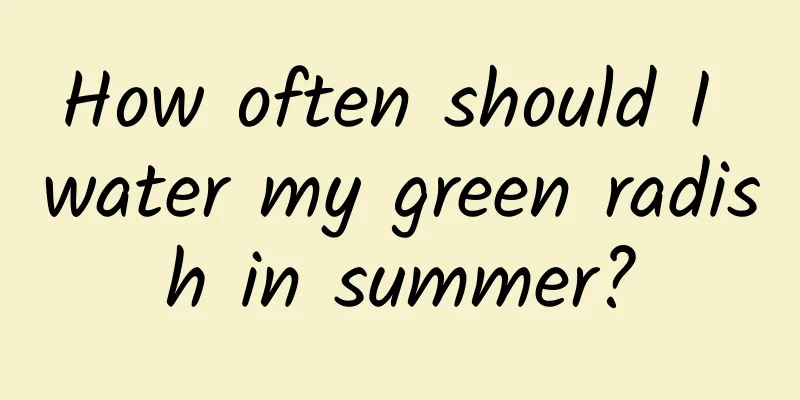Precautions and operation methods for repotting Clivia

Things to note when repotting CliviaClivia generally needs to be repotted every one or two years. Spring and autumn are the most suitable seasons for repotting. March and October have a suitable temperature and a mild climate, which are conducive to the growth of the plant after repotting. However, the high temperatures in summer and low temperatures in winter make it difficult for the plant to adapt to the new pot after repotting, affecting its survival, growth and flowering. 1. After repotting, place the Clivia in a ventilated place with diffused light, avoid excessive darkness and direct sunlight, keep the potting soil slightly moist, and do not apply fertilizer during the maintenance period after repotting. 2. The new flower pot should be selected according to the size of the plant. A pot that is too small may cause the plant to be malnourished, and a pot that is too large may cause root rot. It is best to use a ceramic pot or a purple clay pot. Old pots can also be used after disinfection and exposure to the sun. Key points for repotting Clivia1. Root pruning and drying: When repotting Clivia, you should prune off old roots, roots infected with diseases and insect pests, and roots that grow slowly and weakly. After pruning, soak the roots in carbendazim to disinfect and sterilize them, and then dry them in the sun for 2-3 days before planting. 2. Watering: Do not water the Clivia immediately after repotting. Place it in scattered light for about half a month. Wait until the soil is completely dry before watering. Water slowly with small amounts of water to prevent water accumulation in the soil. 3. Soil for repotting Clivia likes loose, moist, slightly acidic soil. It can be planted with mostly leaf mold or peat soil, or a mixture of oak leaves, pine needles, river sand, and a small amount of charcoal. However, the self-prepared soil needs to be exposed to the sun for sterilization before use. |
Recommend
When is the best time to graft grapevines?
Grapevine cutting time Grapevine cuttings are usu...
How to plant potatoes? The latest potato cultivation technology and management methods
Potatoes, also known as potatoes, sweet potatoes,...
How to grow Xie Zhaolan
Xie Zhaolan Orchid Growth Conditions Xie Zhaolan ...
Can perilla be planted from cuttings?
Perilla, also known as red perilla, is a native p...
How to raise the blue star beauty
Growth habit The succulent plant Blue Star Beauty...
Do lemon potted plants have fragrance? How to grow lemon seeds in small potted plants
1. Do lemon potted plants have fragrance? It does...
Is baby's breath suitable for the bedroom?
1. Is it suitable for placement in the bedroom? N...
What should I do if the lotus grows hair?
Bowl lotus hair growth performance When a flower ...
Is it auspicious to place a jade tree at home?
1. Is it auspicious to place it at home? It is ve...
How to change the soil of Amaryllis and what is the time and method of changing the soil
When to change the soil for Amaryllis It is gener...
How to water Kalanchoe in winter
1. Water volume As winter approaches, the growth ...
Cultivation methods and precautions of Swallow's Palm
1. Soil It is best to use leaf mold and garden so...
Geranium old pile cultivation methods and maintenance matters
How to grow geranium into an old pile When gerani...
Where are the most suitable places for growing morels?
Introduction to Morels Morels belong to the Ascom...
When is the best time to repot black pine? Time and precautions for repotting
Time to repot black pine Black pine needs to be r...









